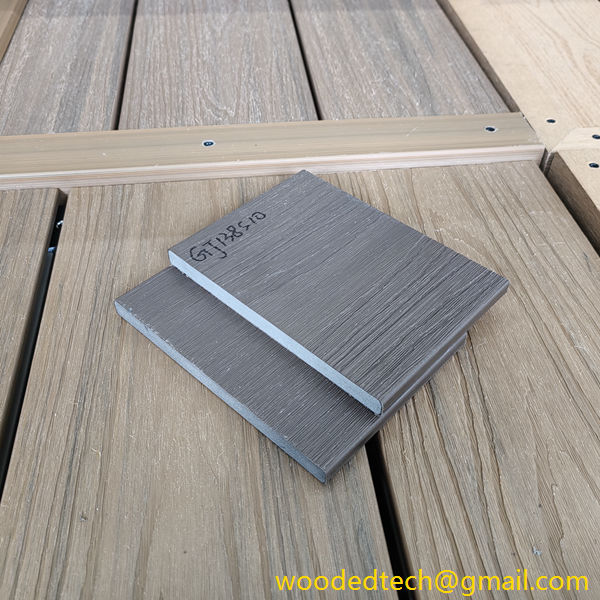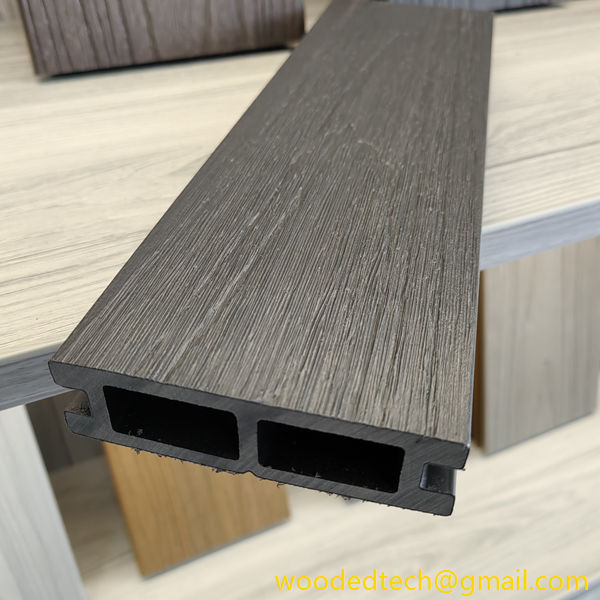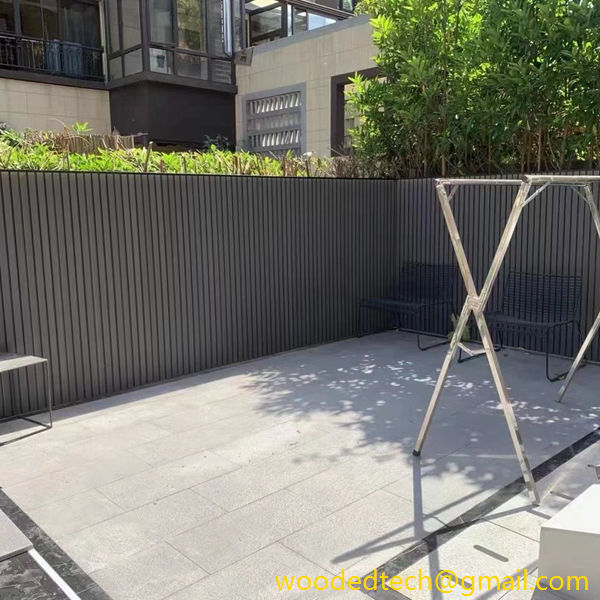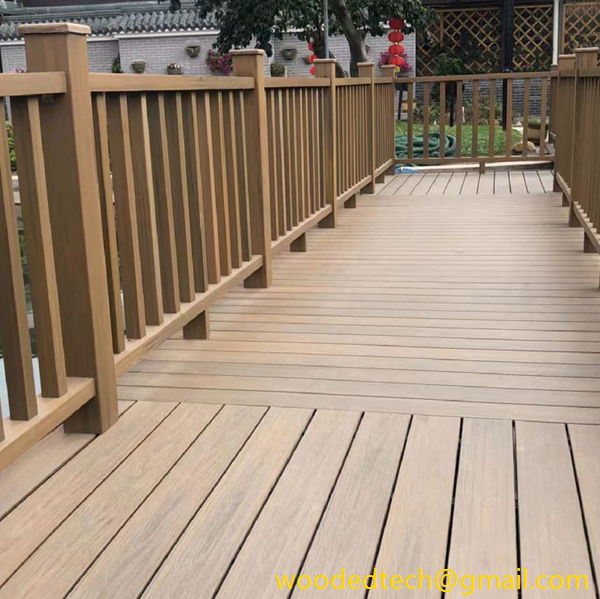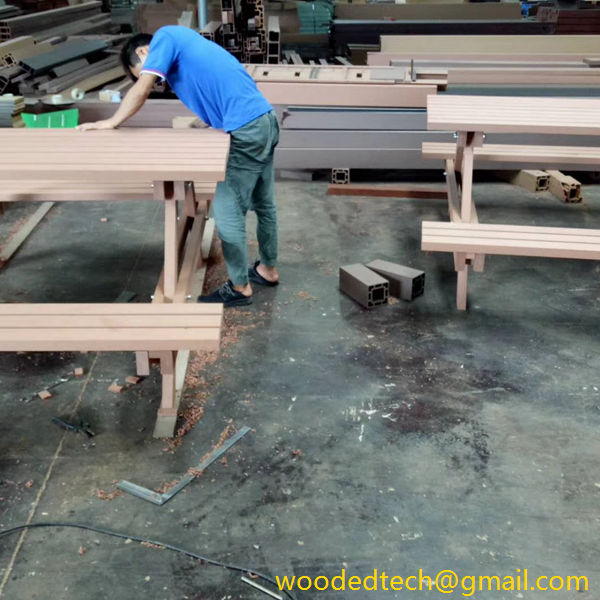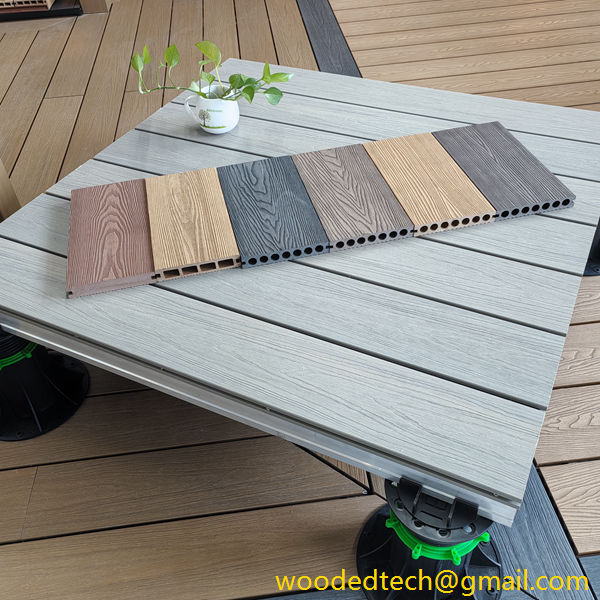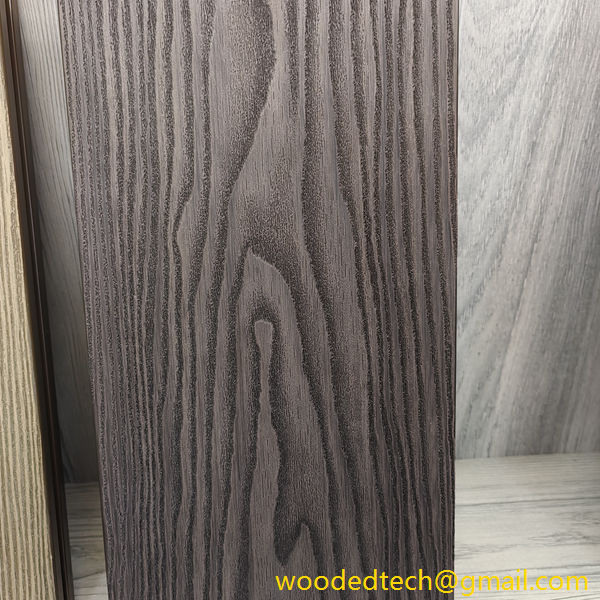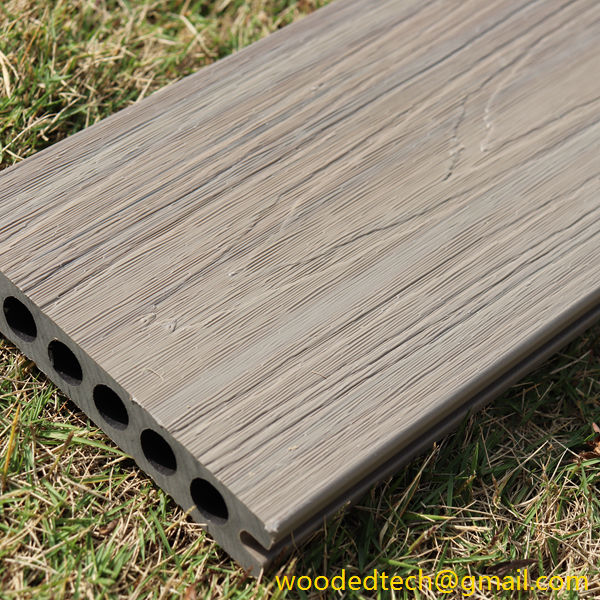Используйте панели из ДПК для наружных работ, чтобы улучшить внешний вид
В сфере архитектурного дизайна и строительства внешний вид здания играет решающую роль в определении его общей привлекательности. Будь то жилой дом, коммерческое помещение или общественная инфраструктура, эстетика экстерьера может существенно повлиять на восприятие и...
Используйте панели из ДПК для наружных работ, чтобы улучшить внешний вид
In the realm of architectural design and construction, the exterior appearance of a building plays a crucial role in determining its overall appeal. Whether it is a residential home, a commercial space, or public infrastructure, the aesthetics of the exterior can significantly influence perceptions and experiences. One innovative solution that has gained traction in recent years is the use of Wood Plastic Composite (WPC) panels for exterior applications. WPC panels are not just a functional choice; they can dramatically enhance curb appeal while providing numerous other benefits.
WPC panels are a blend of wood fibers and plastic materials, resulting in a product that combines the best attributes of both materials. The wood fibers lend an organic feel and texture, reminiscent of natural wood, while the plastic components provide durability and resistance to various environmental factors. This combination makes WPC panels an ideal choice for exterior applications, where they can withstand harsh weather conditions while maintaining their aesthetic appeal.
One of the most compelling reasons to use WPC panels for exterior applications is their versatility in design. These panels are available in a wide range of colors, textures, and finishes, allowing homeowners and designers to customize the look of a building to suit individual preferences or to harmonize with the surrounding environment. Whether one prefers a modern, sleek appearance or a more rustic, traditional style, WPC panels can be manufactured to meet those specifications. This versatility not only enhances the visual appeal of a structure but also increases its market value.
In addition to aesthetic benefits, WPC panels are remarkably low maintenance compared to traditional wood exteriors. Natural wood requires regular staining, sealing, and painting to protect it from the elements, which can be time-consuming and costly. In contrast, WPC panels are resistant to fading, rotting, and insect damage, meaning they retain their appearance with minimal upkeep. This aspect is particularly appealing for homeowners who wish to maintain a beautiful exterior without the burden of frequent maintenance, ultimately saving both time and money.
Furthermore, the sustainability aspect of WPC panels cannot be overlooked. As environmental concerns become increasingly prominent, many homeowners are seeking eco-friendly building materials. WPC panels are often made from recycled materials, including reclaimed wood and recycled plastics, making them a more sustainable choice compared to traditional building materials. By using WPC panels, homeowners can contribute to reducing waste and minimizing their carbon footprint, all while achieving a stunning exterior.
Another significant advantage of WPC panels is their thermal insulation properties. These panels can help regulate indoor temperatures by providing an additional layer of insulation. This means that homes using WPC panels for exterior applications may experience reduced energy costs, as they require less heating in the winter and cooling in the summer. This energy efficiency not only benefits homeowners financially but also aligns with the growing trend toward sustainable living.
WPC panels are also highly resistant to moisture and humidity, which is crucial for exterior applications. Many traditional building materials, such as wood, are prone to warping, swelling, and decay when exposed to moisture. In contrast, WPC panels maintain their structural integrity even in damp conditions. This resilience makes them an excellent choice for regions that experience high humidity or heavy rainfall, ensuring that the exterior of a building remains attractive and functional over time.
The installation process for WPC panels is another aspect that contributes to their appeal. These panels are generally lightweight and easy to handle, allowing for quicker and more straightforward installation. Many WPC products feature interlocking systems or hidden fasteners that enhance their appearance while simplifying the installation process. This ease of installation can lead to reduced labor costs and faster project completion times, making them an attractive option for both contractors and homeowners.
When considering curb appeal, it is essential to recognize the importance of first impressions. The exterior of a property serves as the initial point of contact for visitors and potential buyers alike. A well-designed and aesthetically pleasing exterior can evoke positive emotions and create a lasting impression. By incorporating WPC panels into exterior designs, property owners can achieve a modern and sophisticated look that appeals to contemporary tastes while maintaining a welcoming atmosphere.
In conclusion, the use of WPC panels for exterior applications presents a multitude of advantages that extend beyond mere aesthetics. From their versatility in design and low maintenance requirements to their sustainability and insulation properties, WPC panels offer a compelling solution for improving curb appeal. As homeowners and designers increasingly prioritize both form and function, WPC panels emerge as a forward-thinking choice that enhances the beauty and value of any property. Investing in WPC panels is not just an upgrade in materials; it is a step toward creating a more sustainable, efficient, and visually striking exterior that stands the test of time.

